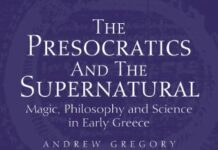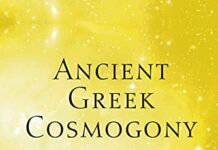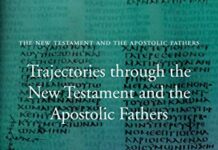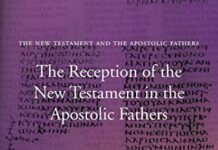
Ebook Info
- Published: 2015
- Number of pages: 362 pages
- Format: PDF
- File Size: 40.22 MB
- Authors: Andrew Gregory
Description
In this illuminating book Andrew Gregory takes an original approach to Plato’s philosophy of science by reassessing Plato’s views on how we might investigate and explain the natural world. He demonstrates that many of the common charges against Plato – disinterest, ignorance, dismissal of observation – are unfounded, and shows instead that Plato had a series of important and cogent criticisms to make of the early atomists and other physiologoi. Plato’s views on science, and on astronomy and cosmology in particular, are shown to have developed in interesting ways. Thus, the book argues, Plato can best be seen as a philosopher struggling with the foundations of scientific realism, and as someone, moreover, who has interesting epistemological, cosmological and nomological reasons for his approach.Plato’s Philosophy of Science is important reading for all those with an interest in Ancient Philosophy and the History of Science.
User’s Reviews
Reviews from Amazon users which were colected at the time this book was published on the website:
⭐This straggly book spends much of its time arguing against other people’s interpretations of Plato. The danger of such an approach is of course the lure of stacking up an array of opportunistic conterarguments which fail to add up to a cohesive whole; and indeed Gregory does not avoid this trap.Consider for example Eudoxus’ homocentric-sphere account of planetary motion. “Typically Eudoxus is thought to have been engaged in ‘geometry’ rather than ‘physics’ because he gives no account of the substance of the homocentric spheres and no account of how they might be interconnected” (p. 155), i.e. Eudoxus’ theory is instrumentalist. Gregory argues against this view as follows:”If the sole criterion were that of computational simplicity, then Eudoxus could have the earth revolve and so remove one sphere from each of the planets and that of the fixed stars, resulting in a considerable simplification of the system. Or again for simplicity, the motion of the fixed stars could be considered to be common to all the planets, thus saving seven spheres. This is not the path that Eudoxus takes, however. He gives a full description of the motions of each of the planets. If Eudoxus is a Platonic realist on this matter, each planetary intelligence will need to be cognisant of the motions that it needs to make … If each planetary intelligence has enough information to govern its own motions, then the question of the interaction of the spheres becomes redundant.” (pp. 155-156)This makes no sense. These so-called “considerable simplifications” that Gregory suggests an instrumentalist Eudoxus would have used are in fact not simplifications at all on Gregory’s own condition that “the sole criterion were that of computational simplicity.” For regardless of whether the “simplifications” are adopted or not the fact remains that to find the position of any given planet at any given time it is necessary to compose the motions of four spheres. Saying that some of the spheres in the different planetary models are “really the same” does nothing to alter this fact, and so is a statement without consequence as far as computations are concerned.Note also that “Platonic realism” is here associated with the idea that each planet’s motion is independent of the others. In other words, Eudoxus’ theory is “Platonic” insofar as it is *not unified*. Ironically, the exact opposite—namely Plato’s emphasis on a unified theory—is soon thereafter hailed as one of his great ideas:”It is also the case in the history of science that some ideas seem so natural and evident that it is easy to forget that someone actually introduced them and at the time that was an important step. It is important in relation to this to remember that the Platonic challenge asks for regular and ordered motions as well as circular motions, and implicit in this is the idea of a unified theory of the heavens.” (p. 183)Thus Plato is alternately associated with diametrically opposite theses, depending on which makes life easier for Gregory in which context.
⭐Good condition, fast delivery, good value — would buy again
⭐
Keywords
Free Download Plato’s Philosophy of Science 1st Edition in PDF format
Plato’s Philosophy of Science 1st Edition PDF Free Download
Download Plato’s Philosophy of Science 1st Edition 2015 PDF Free
Plato’s Philosophy of Science 1st Edition 2015 PDF Free Download
Download Plato’s Philosophy of Science 1st Edition PDF
Free Download Ebook Plato’s Philosophy of Science 1st Edition




